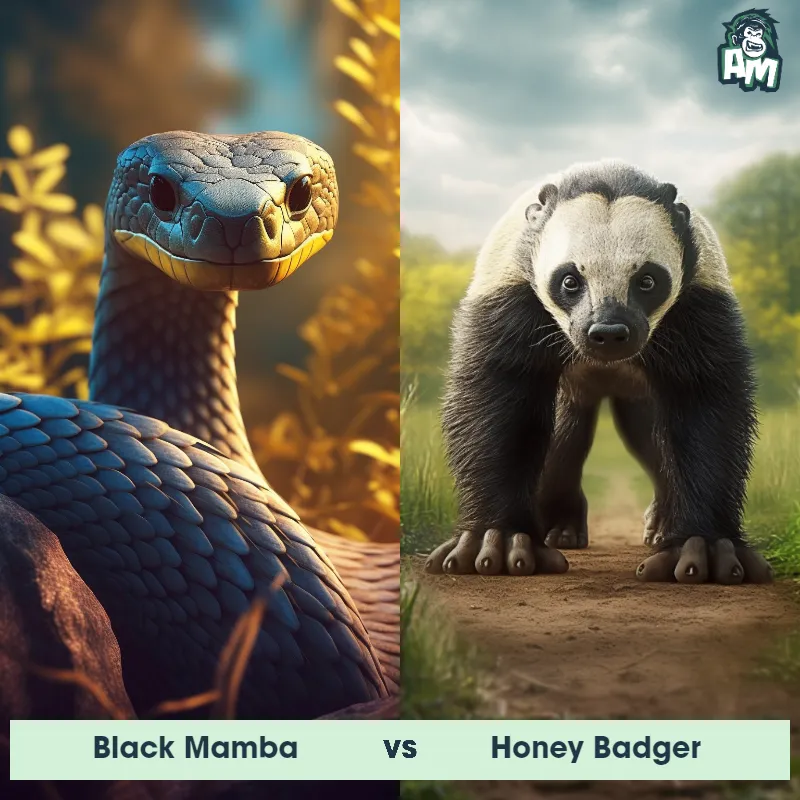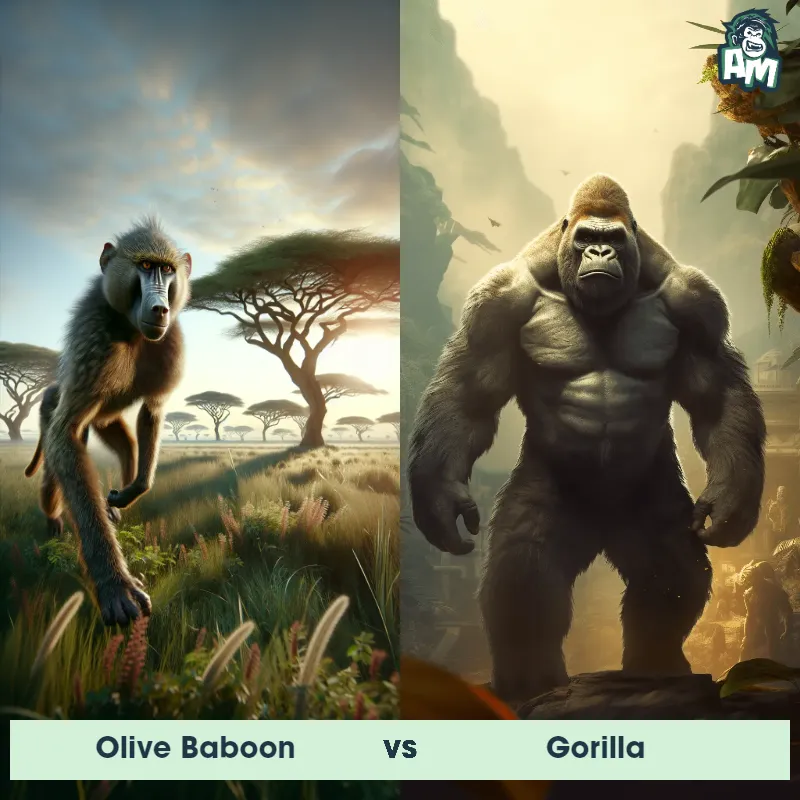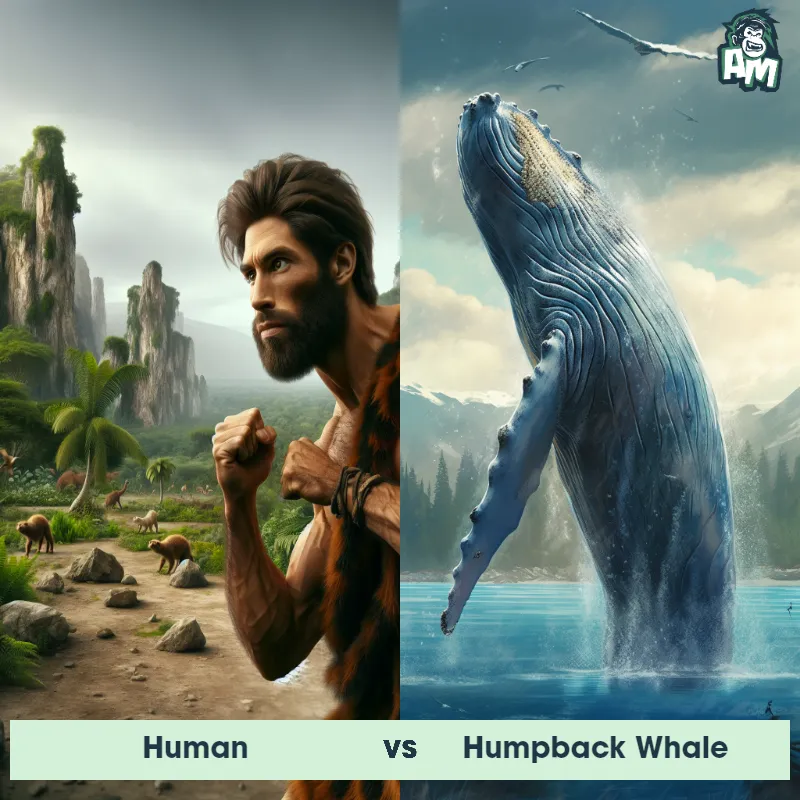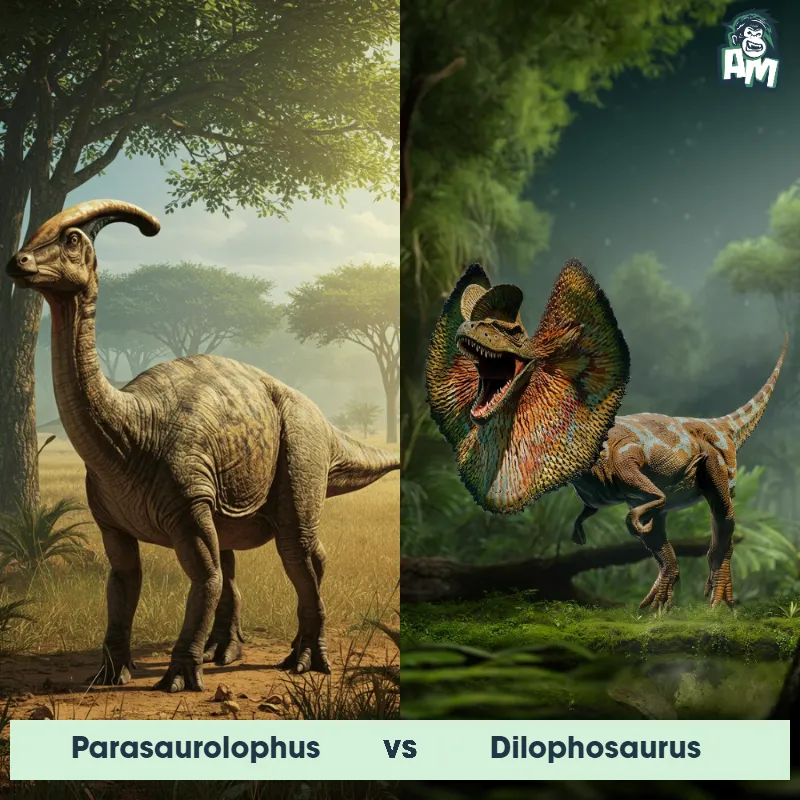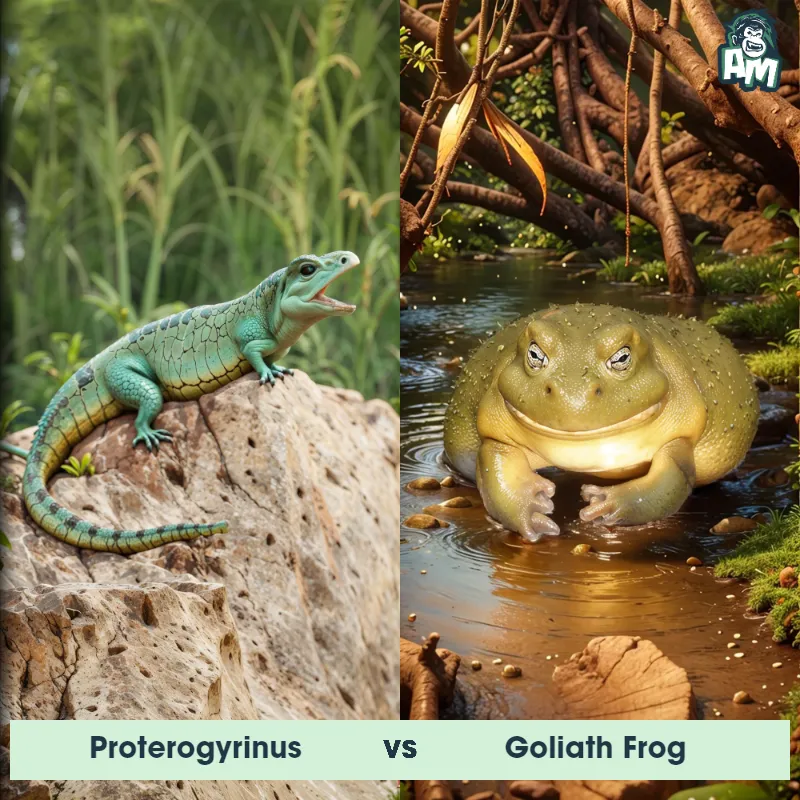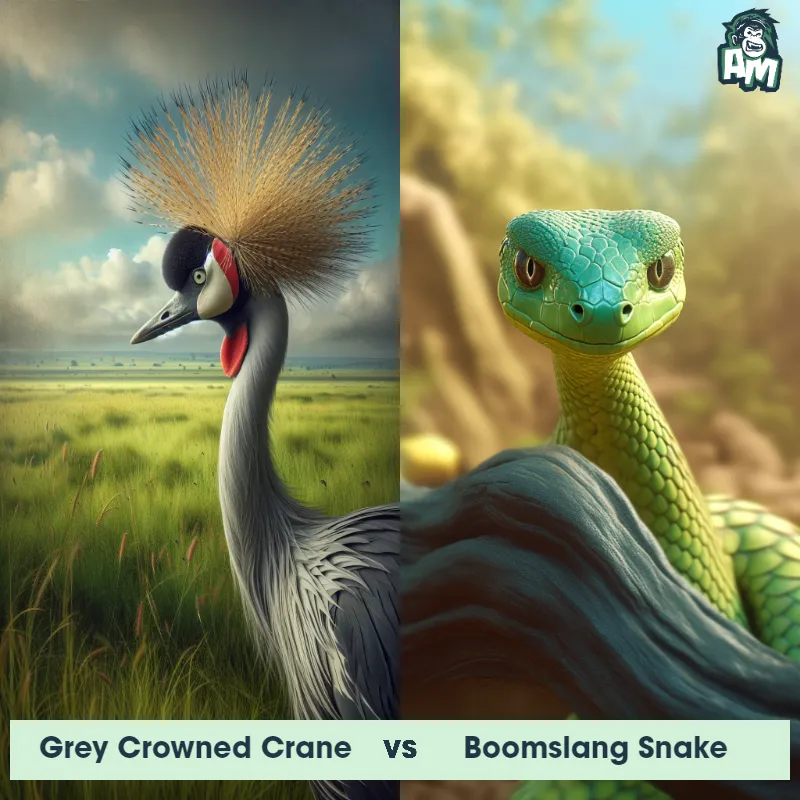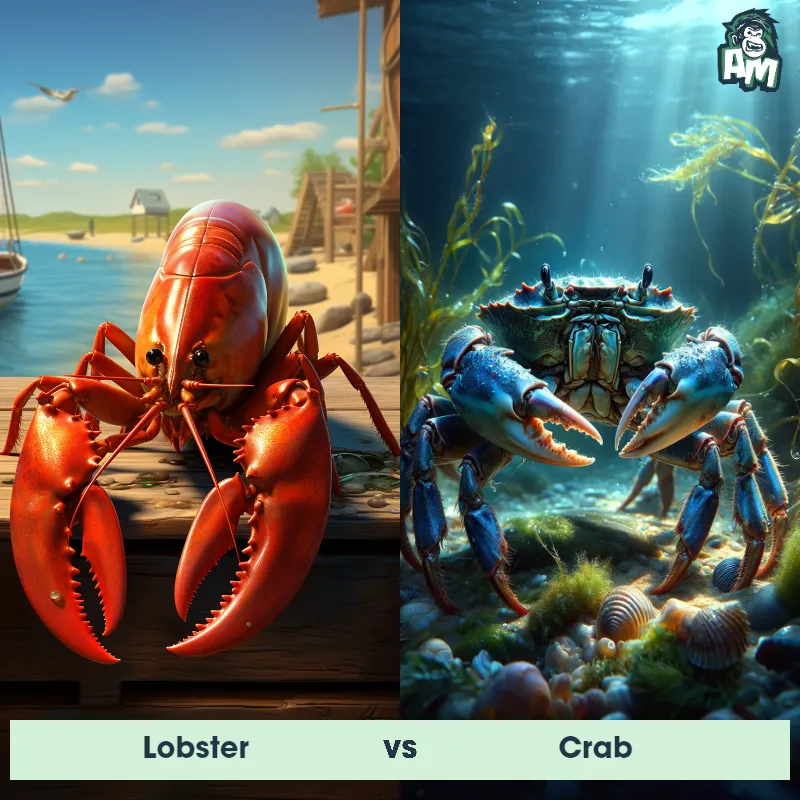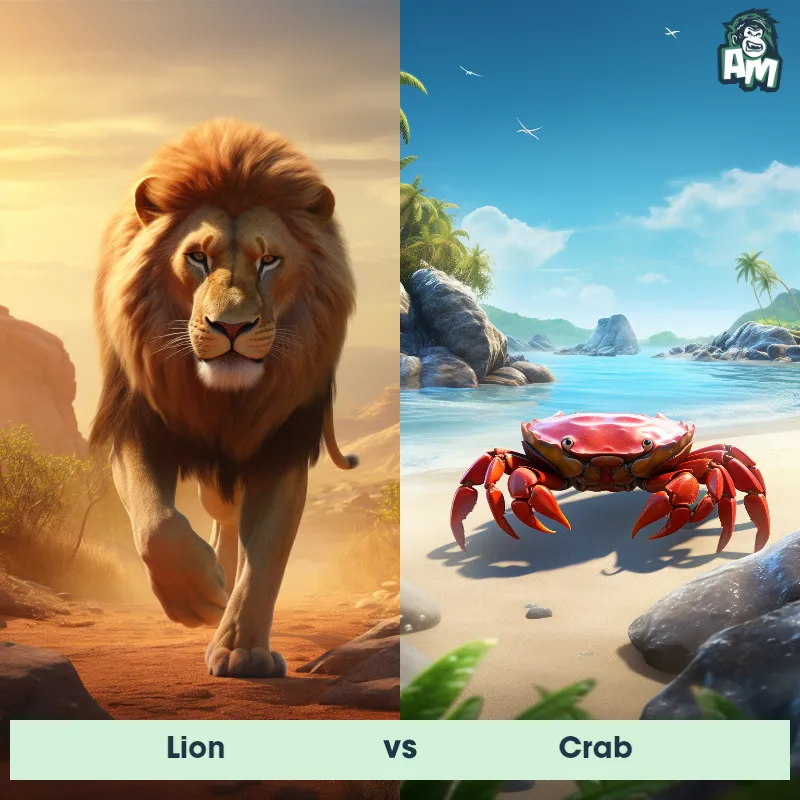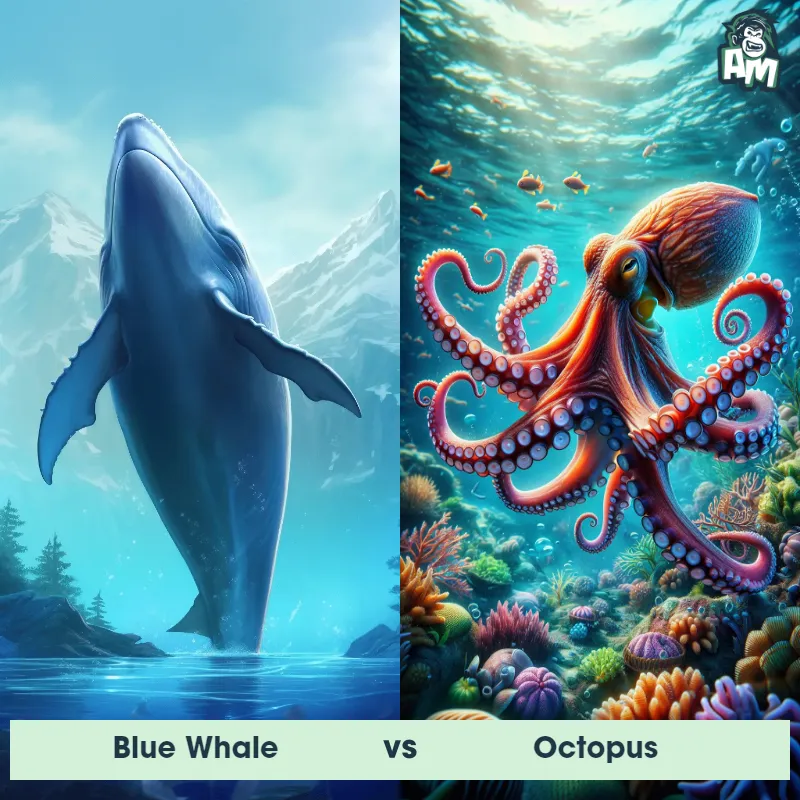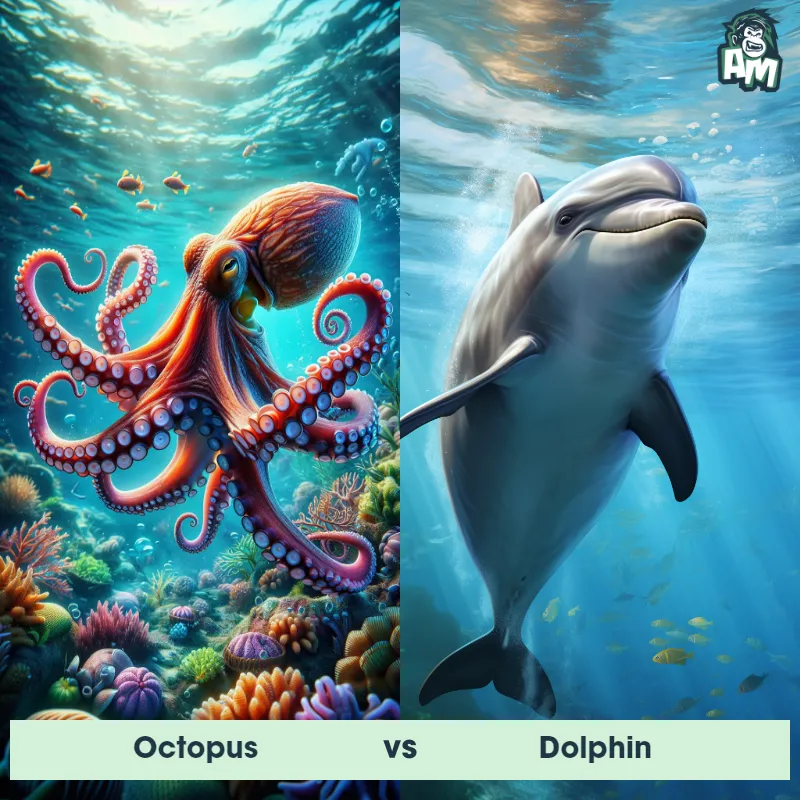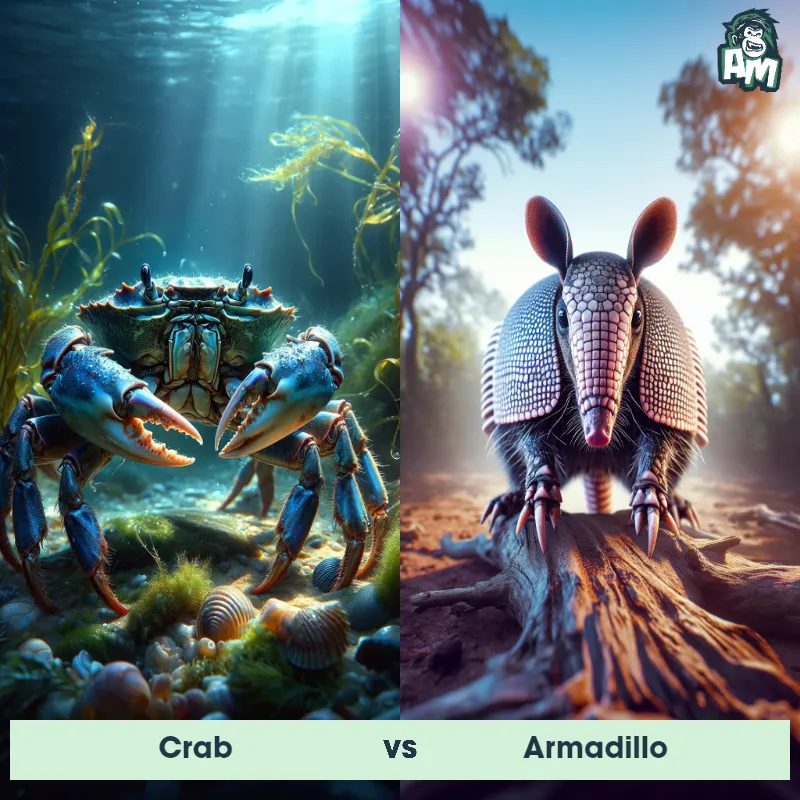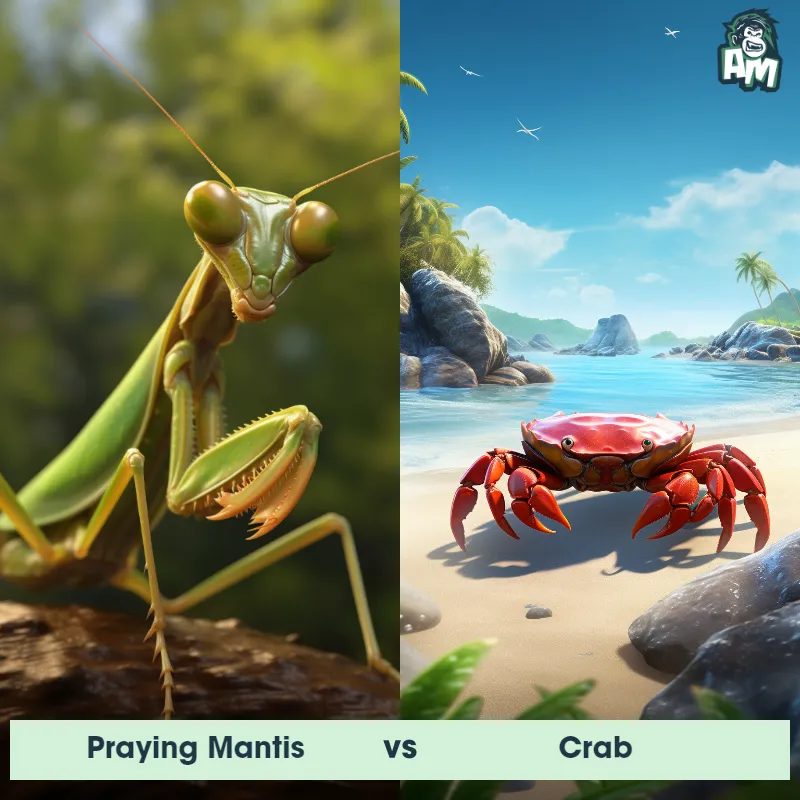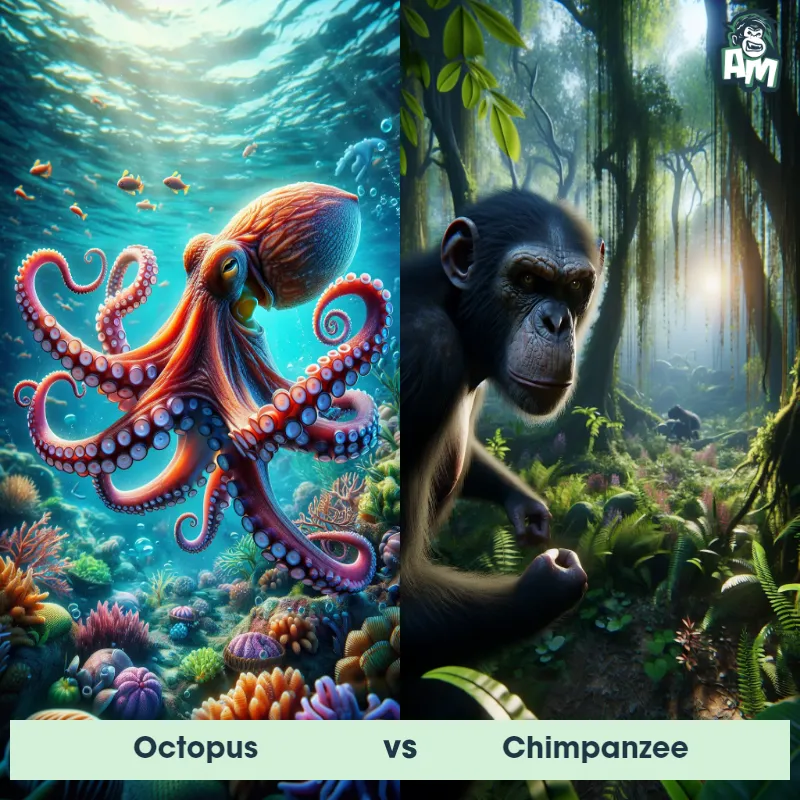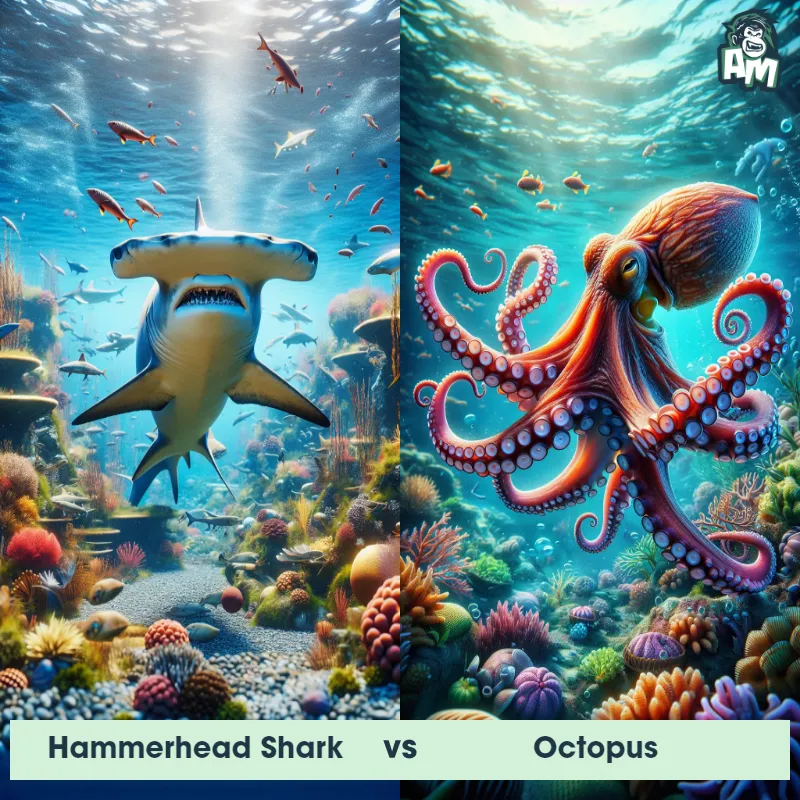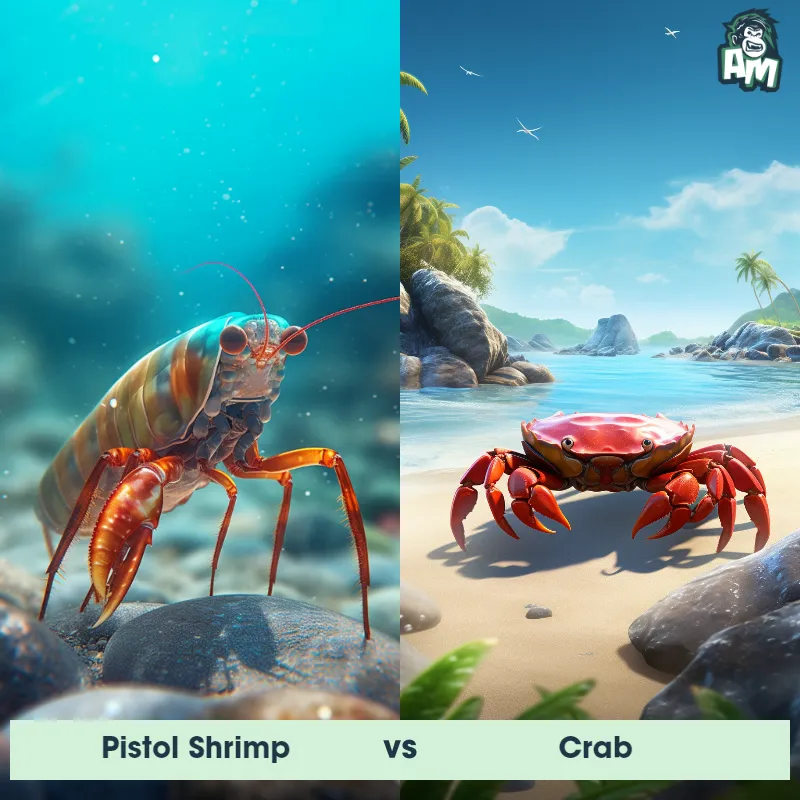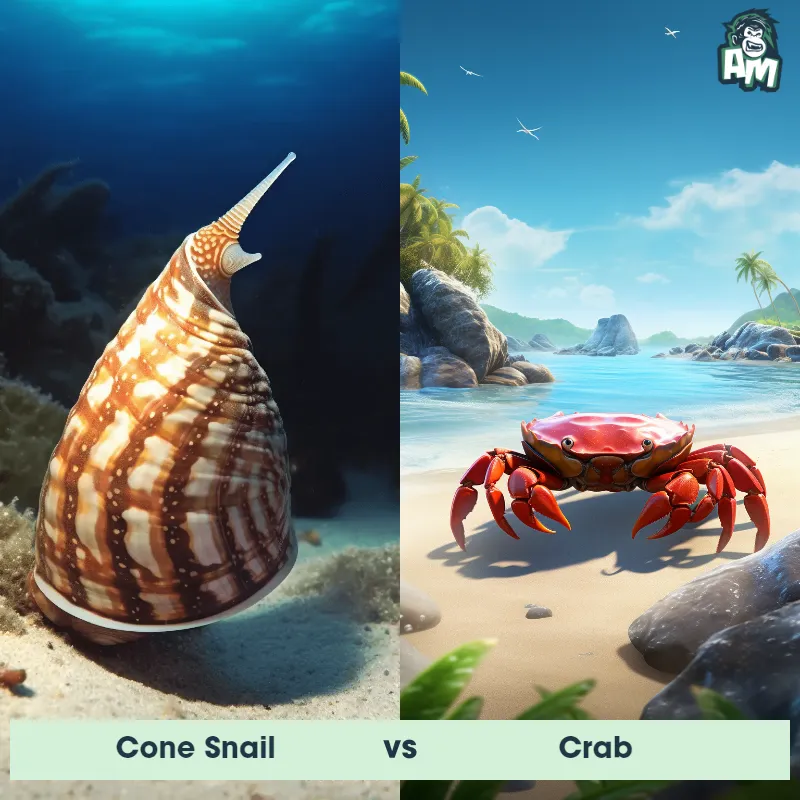Octopus vs CrabSee Who Wins

Ladies and gentlemen, welcome to this thrilling matchup between two formidable opponents in the deep blue corner! In the first corner, weighing in at an impressive size, we have the cunning and elusive octopus. And in the opposite corner, we have the tough and resilient crab, known for its hard shell and powerful claws. This promises to be a fierce fight, so hold on to your seats as we dive into the action!
Contender 1: Octopus
The octopus is a fascinating marine creature known for its rounded body, large eyes, and eight long arms lined with suckers. They belong to the class of mollusks known as cephalopods and are widely regarded as the most intelligent invertebrates. The octopus's skin color and texture can change dramatically, a trait used for both communication and camouflage. Octopuses are carnivorous, feeding mainly on crabs, shrimp, and other small sea creatures.
Fun Fact: Octopuses have three hearts; two pump blood to the gills, while the third pumps it to the rest of the body.
Contender 2: Crab
Crabs are decapod crustaceans known for their characteristic thick exoskeleton and a pair of robust claws. They vary in size from the tiny pea crab, a few millimeters wide, to the giant Japanese spider crab, with a leg span of up to 4 meters. Crabs are typically found in the ocean, but some species are also found in freshwater or on land. Notably, crabs are known for their sideways walking, a motion that distinguishes them from other crustaceans.
Fun Fact: Crabs communicate with each other by drumming or waving their pincers, which is not just a sign of aggression, but can also be a part of their mating rituals.
Matchup Stats
| Octopus | Crab | |
|---|---|---|
| Size | Varies by species, from 1 inch (2.5 cm) to 14 feet (4.3 m) in arm span | Varies from a few millimeters to 13 feet (4 meters) leg span |
| Weight | Varies by species, from less than 1 ounce (28 grams) to 600 pounds (272 kilograms) for the largest species, the Giant Pacific Octopus | Varies greatly, up to 44 lbs (20 kg) for the largest species |
| Speed | 25mph (40km/h) | 11 mph (18 km/h) |
| Key Strength | High intelligence, ability to change skin color and texture for camouflage, and use of ink for defense | Robust claws |
| Biggest Weakness | Soft body with no skeletal structure, making them vulnerable to larger predators | Vulnerable when molting |
Current Votes
Octopus vs Crab
See Who Wins
View More Matches
Looking For More?
Similar Matches
Scientific Stats
| Octopus | Crab | |
|---|---|---|
| Scientific Name | Octopoda | Brachyura |
| Family | Octopodidae | Decapoda |
| Habitat | Marine environments, from shallow coastal waters to deep-sea trenches | Ocean, Freshwater, Land |
| Geography | Worldwide, in all oceans | Worldwide |
| Diet | Carnivorous, feeding mainly on crabs, shrimp, and other small sea creatures | Omnivores, eat algae, mollusks, bacteria, fungi, and small fish |
| Lifespan | 1 year - 5 years | 1 year - 100 years |
Key Differences between Octopus and Crab
- ColorATION: Octopuses are known for their ability to rapidly change colors and patterns for camouflage or communication purposes, exhibiting a wide range of vibrant hues, while crabs generally have a more consistent coloration, often in shades of brown, green, or red, that aids in blending with their habitat.
- Size: Octopuses generally have a soft, flexible body with no external shell and can vary greatly in size, from a few centimeters to several meters in length, while crabs have a hard outer exoskeleton and typically have a compact, flattened body that is usually smaller in comparison.
- Body Shape: Octopuses have a rounded or elongated body with multiple flexible limbs extending from it, often referred to as tentacles, while crabs have a flat, wide body with a distinct carapace covering the thorax and abdomen.
- EYE STRUCTURE: Octopuses have large, highly-developed eyes with excellent vision, similar to human eyes, that allow them to detect various forms of light and see depth perception, whereas crabs have compound eyes comprising several small visual units or ommatidia that provide a wide field of view but with less acuity.
- APPENDAGES: Octopuses have a unique feature called a siphon or funnel, which they use for propulsion by expelling water, allowing them to move rapidly through the water, whereas crabs have specialized back limbs, known as swimmerets, that enable them to swim gracefully.
- LIMBS: Octopuses possess eight long, muscular arms that are lined with suckers for grasping and manipulating objects, whereas crabs have eight legs, with the front pair adapted into pincers or claws, used for defense, feeding, or courtship behavior.



